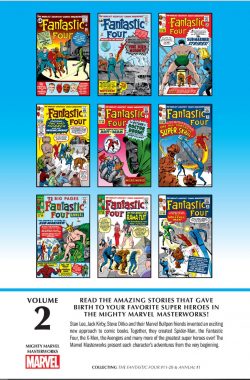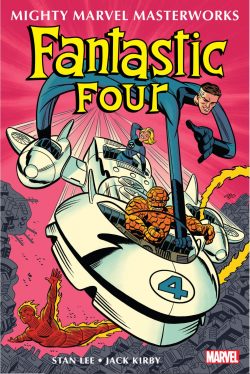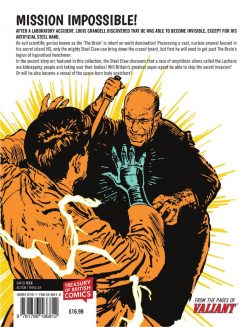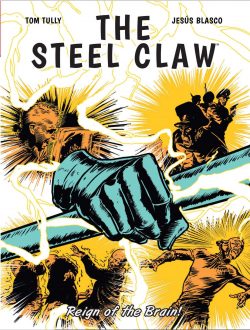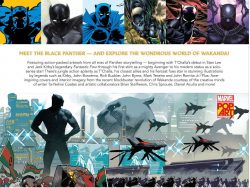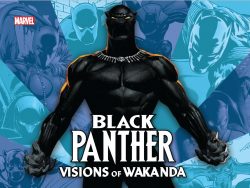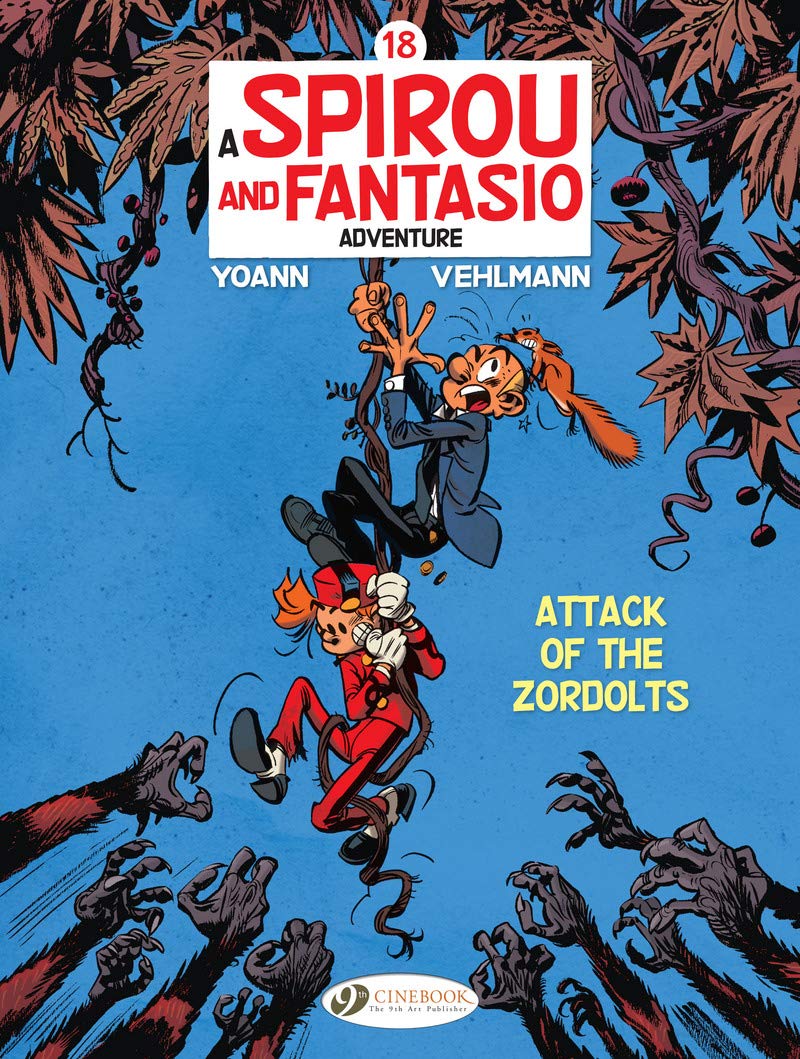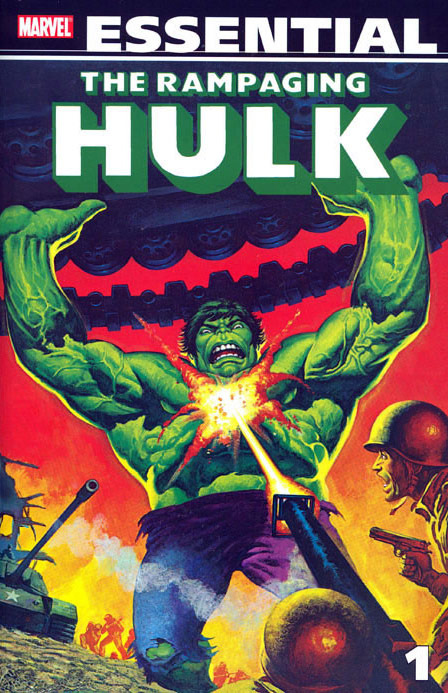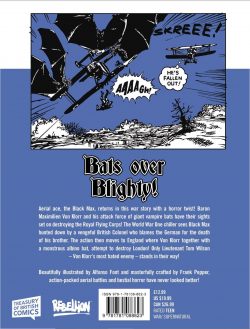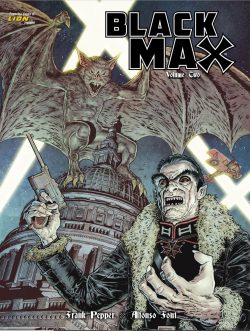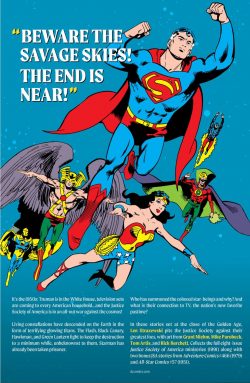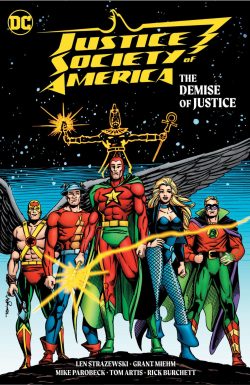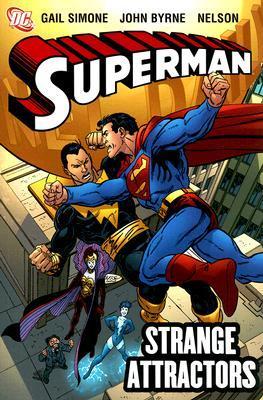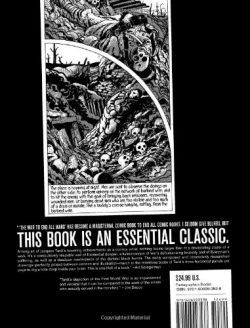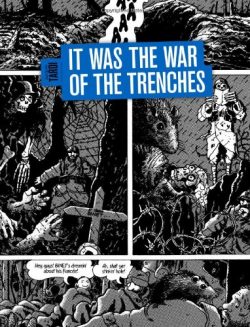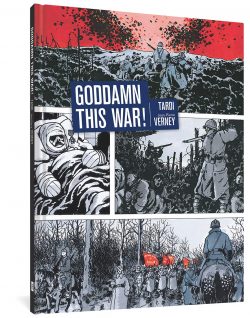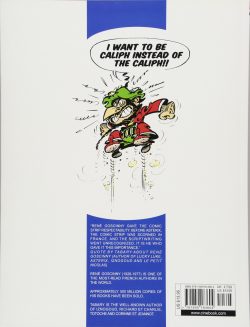
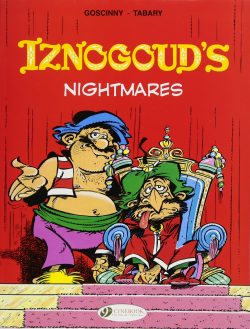
By Goscinny & Tabary translated by Jerome Saincantin (Cinebook)
ISBN: 978-1-84918-360-4 (Album PB)
For the greater part of his too-short lifetime (1926-1977) René Goscinny was one of – if not the – most prolific and most-read writers of comic strips the world has ever seen. He still is.
Among his most popular comic collaborations are Lucky Luke, Le Petit Nicolas and, of course, Asterix the Gaul, but there were so many others, such as the dazzling, dark deeds of a dastardly usurper whose dreams of diabolical skulduggery perpetually proved to be ultimately no more than castles in the sand…
Scant years after the Suez crisis, the French returned to those hotly contested deserts when Goscinny teamed with sublimely gifted Swedish émigré Jean Tabary (1930-2011) – who numbered Richard et Charlie, Grabadu et Gabaliouchtou, Totoche, Corinne et Jeannot and Valentin le Vagabond amongst his other hit strips – to detail the innocuous history of imbecilic Arabian (im)potentate Haroun el-Poussah.
However, it was the strip’s villainous foil, power-hungry vizier Iznogoud who stole the show – possibly the conniving little imp’s only successful coup…
According to the Foreword in this very special collection, the very notion of the series came from a throwaway moment in Les Vacances du Petit Nicolas, but – once it was fully formed and independent – Les Aventures du Calife Haroun el Poussah was created to join the roster in Record, with the first episode appearing in the January 15th 1962 issue. An assured if relatively minor hit, the strip jumped ship to Pilote – a comics periodical created and edited by Goscinny – where it was artfully refashioned into a starring vehicle for the devious little ratbag who had increasingly been hogging all the laughs and limelight.
Like all great storytelling, Iznogoud works on multiple levels: for youngsters it’s a comedic romp with adorably wicked baddies invariably hoisted on their own petards and coming a-cropper, whilst older, wiser heads can revel in pun-filled, witty satires and marvellously accessible episodic comic capers. Just like our Parliament today. That latter aspect is investigated in this collection of short episodes…
This same magic formula made its more famous cousin Asterix a monolithic global success and – just like the saga of the indomitable Gaul – the irresistibly addictive Arabian Nit was originally adapted into English by master translators Anthea Bell & Derek Hockridge, who made those Roman Follies so very palatable to British tastes. Always the deliciously malicious whimsy was heavily dosed with manic absurdity, cleverly contemporary cultural critiques and brilliantly delivered creative anachronisms which serve to keep the assorted escapades bizarrely fresh and hilariously inventive. However, like so many comics inventions, the series grew beyond its boundaries and this volume re-presents a sidebar series that began as a s statement and grew into a separate second career for the vindictive viper…
Insidious anti-hero Iznogoud is Grand Vizier to affable, easy-going Caliph of Ancient Baghdad Haroun Al Plassid, but the sneaky little toad has loftier ambitions, or – as he is always declaiming – “I want to be Caliph instead of the Caliph!”…
The retooled series launched in Pilote in 1968, quickly growing into a massive European hit, with 31 albums to date (carried on by Tabary’s children Stéphane, Muriel & Nicolas after his passing in 2011); his own solo comic; a computer game; animated film, TV cartoon show and a live-action movie.
When Goscinny died in 1977, Tabary started scripting his own sublimely stylish tales (from the 13th album onwards), gradually switching to book-length complete adventures, rather than the compilations of short, punchy vignettes which typified the collaborations.
In October, 1974, whilst the shifty shenanigans were unfolding to the delight of kids, its sandy-struck star began moonlighting: pulling double duty as a commentator and critic of real-world politics and social issues in a French newspaper. Some of the best and least dated have been resurrected here.
Published in 1979 by Editions de la Séguinière, Les Cauchemars d’Iznogoud was the 14th collection, gathering material from Le Journal du Dimanche and appears here with the usual introductory page of key characters plus an annotated text section offering political clarity and historical context. Each entry is presented as a short strip highlighting a contemporary issues seen through the wry lens of a Vile Vizier, offering a wry and raucous roster of advisory lectures with the sagacious schemer pausing his campaign to seize power from his oddly oblivious Lord and Master in favour of blessing all us proles with his wisdom and ruling acumen.
Deftly detailing how to deal with labour disputes, union demands, social unrest, unruly clergymen, domestic and foreign policy, the environment, cost-of-living crises, energy security, sporting links with pariah states, diversity, sectarianism and segregationism, and so much more, here the Caliph-in-waiting explains how to maintain a popularity and power in ancient but oh-so-contemporary Baghdad as well as the modern world…
Trust me, it’s far funnier than I’ve made it sound and all the usual magic and madness is apparent as the Vizier asks and answers questions posits potential policy in ‘If I were Minister of Labour…’, ‘If I were Minister of Energy…’ or ‘…Waste Management…’, ‘…the Interior…’, ‘…the Army…’, ‘…of Students…’, ‘…of Police…’, ‘ … the Anti-Gang Unit…’, ‘…of Negotiators…’, ‘…of Censorship…’, ‘…of the Economy…’ ‘…of Industry…’, and ‘If I were President of the Judges Union…’
Many strips are general in nature rather than addressing a specific “hot topic”, but still deliver hilariously acerbic and excoriating satirical points in bulletins like ‘If I were a Carpet Seller…’, ‘If I were Minister of Wishes…’, ‘If I dined with ordinary people…’, ‘If I were Minister of Divorce…’, ‘If I were Minister of Quality of Life…’, ‘If I spoke officialese…’ ‘ ‘If I were Minister of Compromise…’, ‘If I were Minister of Holes…’, ‘If I were Minister of Tolls…’, ‘If I were Minister of Prison Guards…’, ‘If I were the usurper…’, ‘If I were Minister of Freezing…’, ‘If I were going on holiday…’ (a popular a pressing duty of Prime ministers everywhere and one our own British bosses are world leaders in), as well as ‘If I were Secretary of Non-Smoking…’ and ‘If I were a UN Delegate…’
There is even a particularly scary sub-strand of episodes pondering – with menaces – ‘If I were your Caliph/King/Inheritor/Guess What?’…
What’s truly daunting and trenchant is just how many of these strips are still painfully relevant right now, with the darker side of sport, white & greenwashing, nepotism, cronyism and even sexual politics all poked with a very sharp stick (which is, coincidentally, my suggested solution for dealing with our 21st century ruling rascals and feather-bedding incompetents) in tales such as If I were Minister of Labour…’, ‘ ‘…of Racing…’, ‘…of Football…’, or even ‘If I were the one in charge of their “happiness”…’, If I were the Impaler…’, If I were on an official visit…’ and ‘If I were Minister of Ladies of the Night…’
Although the farcical eternal battle with his own hereditary superior is surrendered to the exigencies of a topical tone, the cast of regulars and legendary locales are still happily extant here with bumbling, long-suffering henchman and strong-arm crony Wa’at Alahf’ acting as sounding board and straight man and Caliph Haroun al Plassid acting as the oblivious powers that be in a panoply of short, sharp shockers blending un-realpolitik with world weary cynicism in a pun-punctuated comedy of errors, riddled with broad slapstick and craftily convoluted conniving…
Just such witty, fast-paced hi-jinks and craftily crafted comedy set pieces have made this addictive series a household name in France where “Iznogoud” is now an acceptable general term for a certain type of politician: over-ambitious, unscrupulous, sans-gravitas and frequently a little short in the height department…
When first released in Britain during the late 1970s (and again in 1996) these tales made little impression, but certainly in today’s fervid climate of fustercluckery, these brisk and brutal, wonderfully beguiling strips have found an appreciative audience among today’s more internationally aware, politically jaded comics-and-cartoon savvy Kids Of All Ages…
…And journalists and Hansard, and Polit-Wonks, and dictators and…
Original edition © 2012 IMAV éditions by Goscinny & Tabary. All rights reserved. English translation 2017 Cinebook Ltd.

